Not the first one I’ve seen or heard but the first one I’ve managed to photograph.
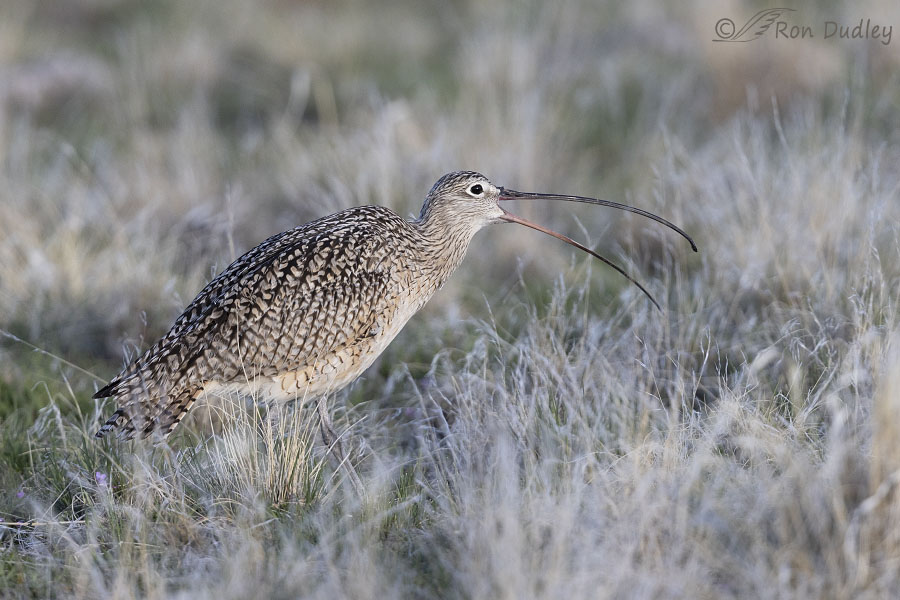
1/2000, f/5.6, ISO 800, Canon R5, Canon EF500mm f/4L IS II USM + 1.4 tc, not baited, set up or called in
Two days ago I spotted my first Long-billed Curlew of the season when one flew right over the top of my pickup on Antelope Island. I had no chance to photograph that bird but yesterday I went back to the island and had better luck with this one foraging in the grasses in reasonably good light.
The curlew spent part of its time calling to another nearby curlew that I could hear but couldn’t see. Sometimes its short tail was spread as it was calling and…
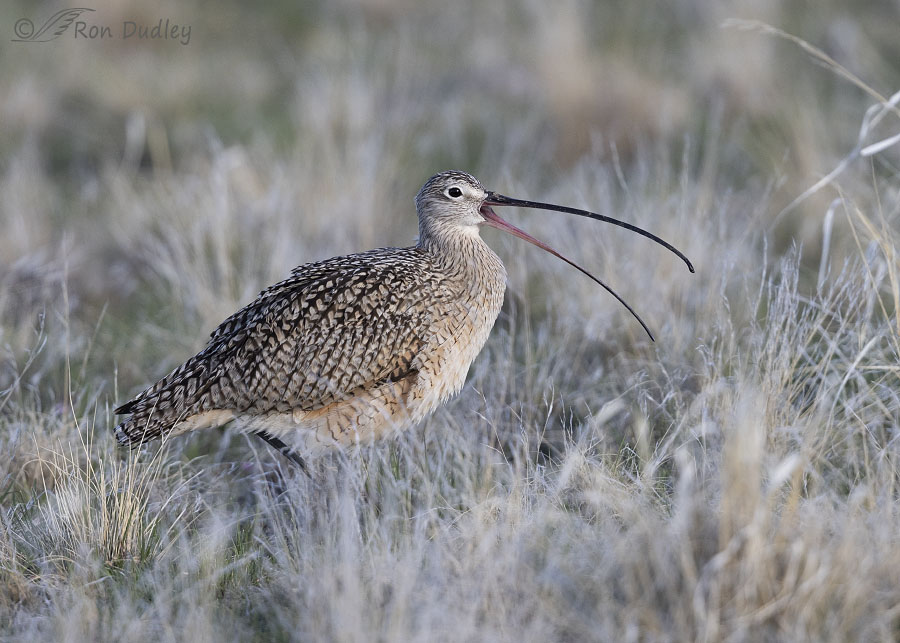 1/2000, f/5.6, ISO 800, Canon R5, Canon EF500mm f/4L IS II USM + 1.4 tc, not baited, set up or called in
1/2000, f/5.6, ISO 800, Canon R5, Canon EF500mm f/4L IS II USM + 1.4 tc, not baited, set up or called in
sometimes it wasn’t. But I think the curlew looked best when…
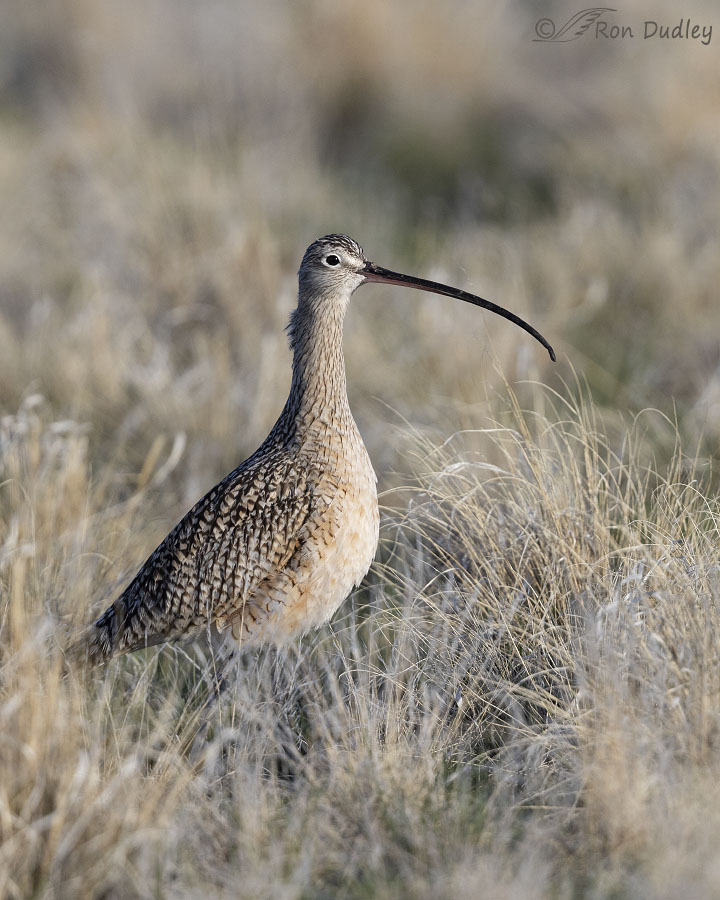
1/4000, f/5.6, ISO 800, Canon R5, Canon EF500mm f/4L IS II USM + 1.4 tc, not baited, set up or called in
it was standing more erect and not calling. Its legs were usually mostly hidden in the vegetation.
Curlews are our largest shorebird and with their long legs and long, decurved bills they’re physically striking but not much color is apparent when their wings are folded. So, as always, one of my goals this spring and early summer will be to…
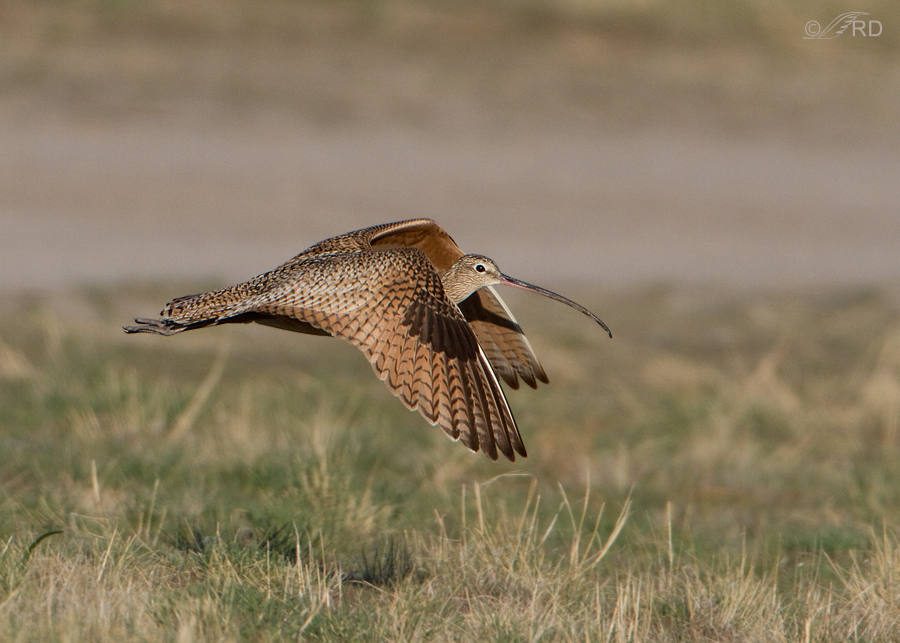
capture them with their wings in the down position or…
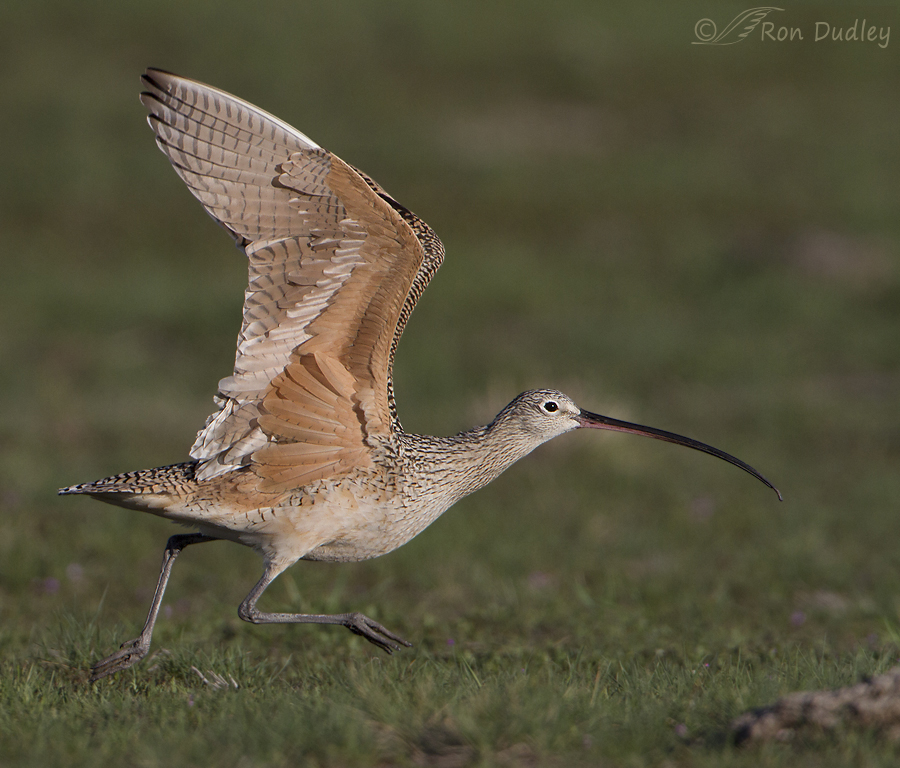
in the up position when their rich underwing pinks or cinnamons are revealed. These last two shots are older photos taken in warm light on mornings when I had some pretty good success with that goal.
But yesterday was a start. You’ve gotta find’em first.
Ron
PS – One of the things I love about that last photo is how well the axillaries, underwing coverts, primaries and secondaries are distinguished from each other.


WOW RON!!! Superb series, thanks for sharing!!
Charlotte Norton
You called them shore birds,but when I observe them south of Boise in the sagebrush other than mud puddles there is no body off water around.
Great captures! Never seen better Long-billed Curlew photos.
That’s high praise. Thank you, Michael.
The last shot is stunning. We saw one yesterday hanging out with the burrowing owls.
If it’s the owls I’m thinking of I heard a curlew in the same area two days ago.
They are such ‘unlikely’ looking birds. However that peculiar design seems to work for them.
I hope you do catch them in flight soon – and can further test your new camera (and yourself).
EC, curlews in flight would be a good test for us both.
They’re all wonderful shots, Ron! So interesting to see that long beak open during the calls. I often wonder how they can maneuver that “appendage,” especially when running. I imagine the curlew in the last shot looking down, accidentally spiking that beak into the ground, and then pole vaulting over it. At least, that’s what would happen to me if I were a curlew. 😉
Your pole vault comment brought a chuckle, Marty. I imagine they’re incredibly careful to prevent that very thing from happening.
I am with you Marty. And I suspect that I could do that pivot even walking…
Your first Long-billed Curlew of the season will almost undoubtedly be my first one as well, as they are a vagrant here and rarely seen.
So many fascinating features about this bird and you have shown them so well.
I agree, Lyle. Curlews may be the most unusual-looking bird I photograph.
The beak is amazing! Great series. 🙂
Thanks, Arwen.
Wow, you found them for sure. All these photos are really good, but that last one goes into the Ron Dudley Hall of Fame. Love the way the camera caught the various shades of color on the underside of the right wing. Have never seen one. For Prescott we show them as uncommon, only seen in low numbers, and only during transition.
Thanks, Everett. If you don’t see curlews you’re missing something unique.
What a beautiful series of photos! Plus, very educational and they show how beautiful this bird is.
Take Care,
Kaye
Thank you, Kaye.
What a surprise to see the vibrant color when the wings are open/up ! I’m
so glad for the variety in poses and behaviors that you work to document.
It’s always a surprise, Kris. Same thing goes with Willets. They’re both sorta like Cinderella birds when their wings go up.
Oh my gosh, what a beautiful series! You have so much about this creature in these photos. Thank you for sharing!!
Thanks very much, Mary.
Neat! I’ve never seen one calling. 🙂 The last older shot of wings up is great also – luv the contrasting colors of the feathers under the wing. In recent years they aren’t as plentiful here as they used to be. 🙁
“In recent years they aren’t as plentiful here as they used to be”
Same here, Judy. Sadly, I think that’s the case over a lot of their range.
The last image is fantastic! It is definitely a bird I would love to see.
Thanks, Bruce. Most folks don’t forget their first look at one.
Excellent documentation of the bird’s plumage and postures.
Thank you, Kenneth.
Beautiful shots!!
Thanks, Dick.
Up and down position of the wings make a surprising dramatic difference!
It sure does, Terri. The same is true of the Willets that usually arrive on the island at about the same time as the curlews.